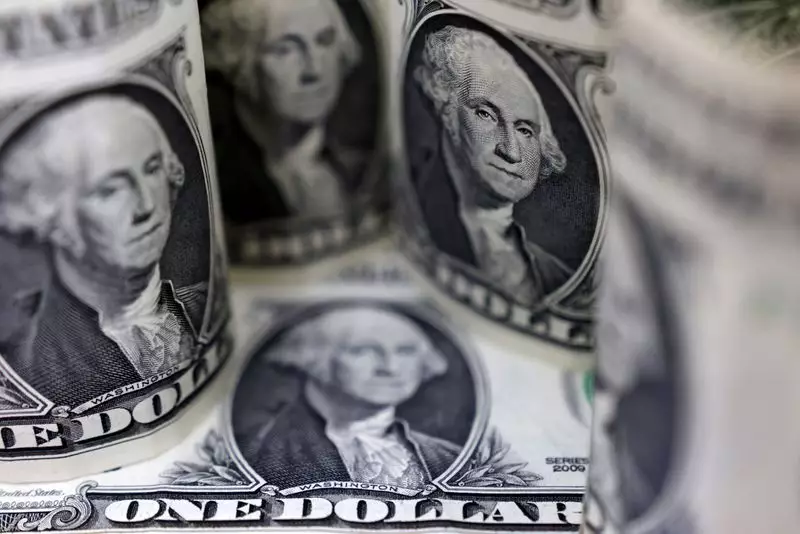Recent analyses from UBS indicate that the US dollar may be operating in an “overstretched” cap, signaling potential concerns for investors. After an intense surge driven largely by political events and President-elect Donald Trump’s provocative stance on trade, particularly regarding tariffs on BRICS countries, the dollar’s performance merits a closer examination. Rising 0.5% to surpass the 106-point mark on the DXY dollar index, the dollar’s robust strength seems to stand in dire contrast with the more fragile positions of other currencies such as the Chinese yuan, Indian rupee, and South African rand, each of which has taken a slight downturn amidst these developments.
The sharp rise in the dollar can largely be attributed to Trump’s threats of imposing 100% import tariffs on nations partaking in the BRICS coalition, should they pursue alternatives to the US dollar or establish a joint currency. Such comments, while certainly impactful in the short term, signal a troubling trend in global economic diplomacy, where political rhetoric takes precedence over economic stability. The notion posited by Trump that the strategies of BRICS nations moving away from the dollar are now “OVER” is fervent, yet it oversimplifies the complexities of global finance and underestimates the resilience of these emerging economies.
Despite ongoing narratives surrounding de-dollarization—where nations explore diversifying away from the dollar—the conclusion drawn by UBS suggests an enduring dominance for the dollar in global finance, with the greenback comprising over 47% of all international payments and featuring prominently in 88% of global trades. The underlying liquidity and acceptance of the dollar remain monumental factors, granting it a significant edge in international commerce. The duality of these statistics reflects a complex reality: while the dollar’s value may spike in the short term due to political fluctuations, this may not correlate with long-term stability across global markets.
A Cautious Stance For Investors
As UBS warns, the heightened valuation should serve as a caution to investors, advising them to utilize instances of dollar strength as an opportunity to reevaluate their exposure to it. In a market that seems to teeter between political maneuvers and economic truths, investors must be equally discerning and strategic. While the dollar’s current reign may appear steadfast, it is neither immune to market fluctuations nor resistant to the aspirations of a shifting geopolitical landscape.
While the immediate outlook for the US dollar continues to shine, thanks to its robust liquidity and political backing, the seeds of change, driven by both domestic and global shifts, loom on the horizon. Investors and stakeholders must remain vigilant, questioning the sustainability of the dollar’s supremacy in an increasingly interconnected world, where alternative currencies cannot be easily dismissed. The landscape of global currencies is evolving, and the time may soon arrive when prudence and foresight become paramount in investment strategies concerning the US dollar.

